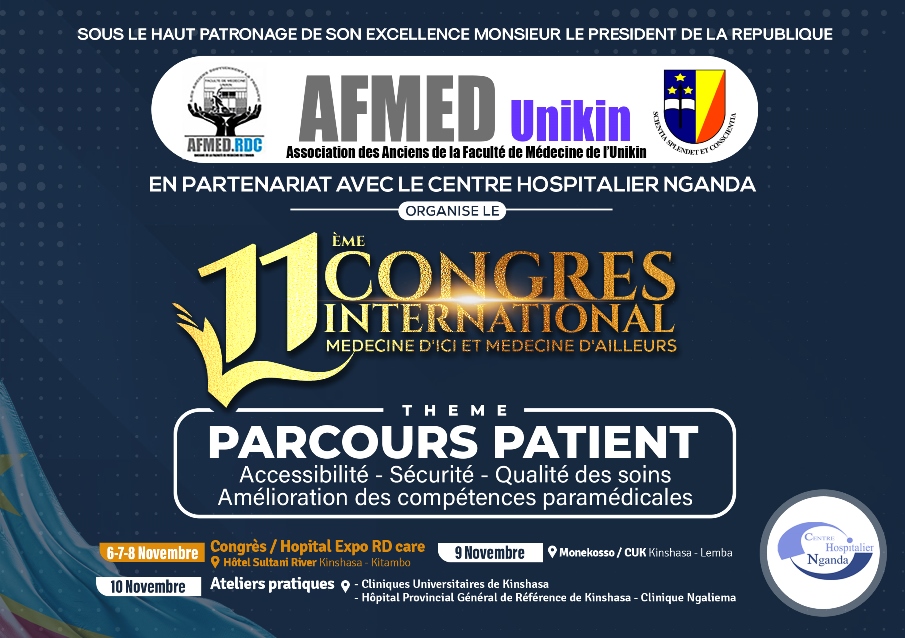Florent Wetshokonda Lomamba1, Jean Mukaya Tshibola2 & Michel Lelo Tshikwela2*
1 Kinshasa University School of Medicine and Hospital, Kinshasa, Democratic Republic of the Congo 2 Kinshasa University School of Medicine and Hospital, and Biamba Marie Mutombo Dikembe Hospital and Research Centre, Kinshasa, Democratic Republic of the Congo * Michel Lelo Tshikwela, E-mail: michel.lelo@unikin.ac.cd
Abstract
Background: Acute pulmonary embolism is a life-threatening entity. Its diagnosis remains a challenge for clinicians and it is important to be aware of factors that increase risks of the disease. In this study, we access the clinical and demographic predictors of pulmonary embolism using 64-rows multi-detector Computed Tomography Angiography in central Africa.
Methods: From 01 January to 30 July 2016, the data record of patients who underwent chest 64-rows multi-detector Computed Tomography Angiography indicated for clinical suspicion of acute pulmonary embolism at Biamba Marie Mutombo Dikembe Hospital were retrospectively were revisited and analyzed using logistic regression models.
Results: Sixty-five consecutive patients (age range, 24 to 84 years and mean age 56.8 ± 14.9years) were included with a female predominance. Pulmonary embolism was formerly detected in 17 patients (26.2% of cases). Age ≥ 65 years (OR = 9.5 CI 95%:14.74, 60.79, p = 0.018) and obesity (OR = 40.8 CI 95%:2.85, 58.44, p = 0.006) were the predictors of pulmonary embolism. Heart disease and pneumonia were the main pathologies associated and the main alternative diagnoses.
Conclusion: This study shows that age and obesity were independent predictors of PE. In central Africawhere Computed Tomography machine is not widely available,aged and obese patientswith a clinical suspicionof pulmonary embolismshould be dealt with as a higher suspicion of true pulmonary embolism.
Keywords
Pulmonary Embolism, multi-detector computed tomography angiography, central Africa









